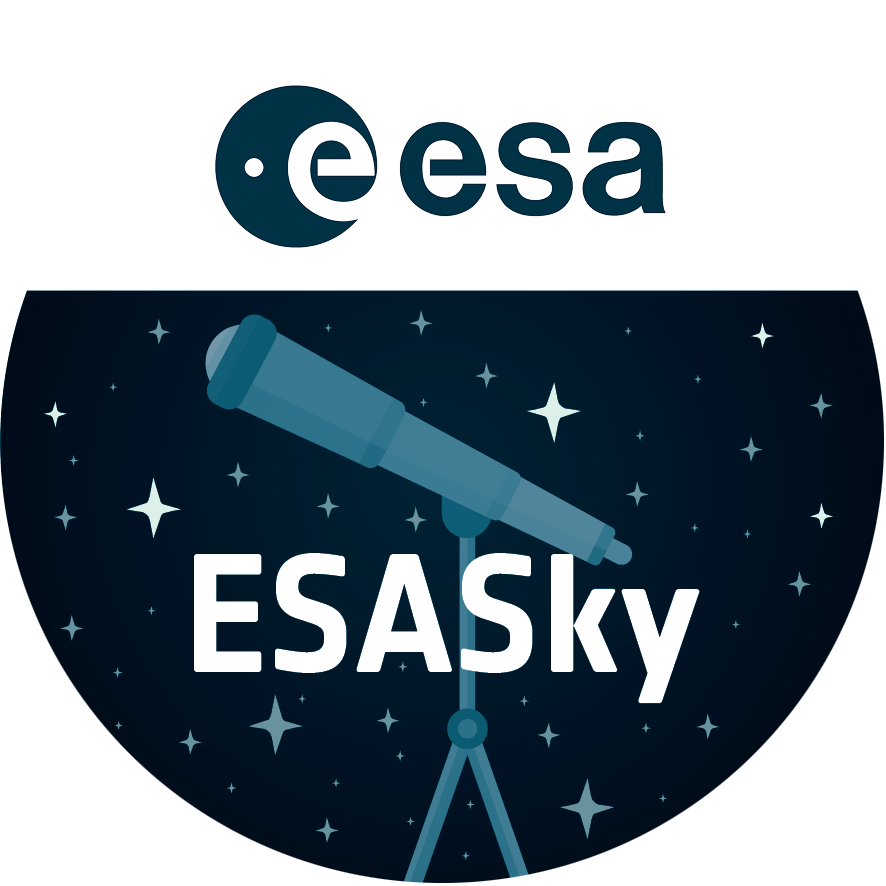Starburst Galaxy NGC 1808
This image, taken by WFPC2, provides a closer look at the flurry of star birth at the galaxy's core. The star clusters (blue) can be seen (and many more are likely obscured) amid thick lanes of gas and dust. This image shows that stars are often born in compact clusters within star bursts, and that dense gas and dust heavily obscures the star burst region. The brightest knot of star birth seen here is probably a giant cluster of stars, about 100 light-years in diameter, at the very centre of the galaxy. The other star clusters are about 10 to 50 light-years in diameter. The entire star burst region shown here is about 3, 000 light-years across.
Credit:Jim Flood, an amateur astronomer affiliated with Sperry Observatory at Union College in New Jersey, and Max Mutchler, a member of the Space Telescope Science Institute staff who volunteered to work with Jim
About the Image
About the Object
| Name: | IRAS 05059-3734, NGC 1808 |
|---|---|
| Type: | Local Universe : Galaxy : Type : Spiral Local Universe : Galaxy : Activity : Starburst |
| Distance: | 40 million light years |
| Constellation: | Columba |
| Category: | Galaxies |
Coordinates
| Position (RA): | 5 7 41.99 |
|---|---|
| Position (Dec): | -37° 30' 51.09" |
| Field of view: | 0.56 x 0.57 arcminutes |
| Orientation: | North is 19.9° right of vertical |
Colours & filters
| Band | Wavelength | Telescope |
|---|---|---|
| Optical R | 658 nm |
Hubble Space Telescope
WFPC2 |
| Optical R | 675 nm |
Hubble Space Telescope
WFPC2 |
| Infrared I | 814 nm |
Hubble Space Telescope
WFPC2 |


